A dining room is redesigned into a multifunctional space that blends adult living needs with a child-friendly play area. The room maintains its original purpose while evolving into a practical family zone where work, dining, and play coexist without competing for attention. The overall design focuses on usability, visual calm, and flexibility for long-term living.
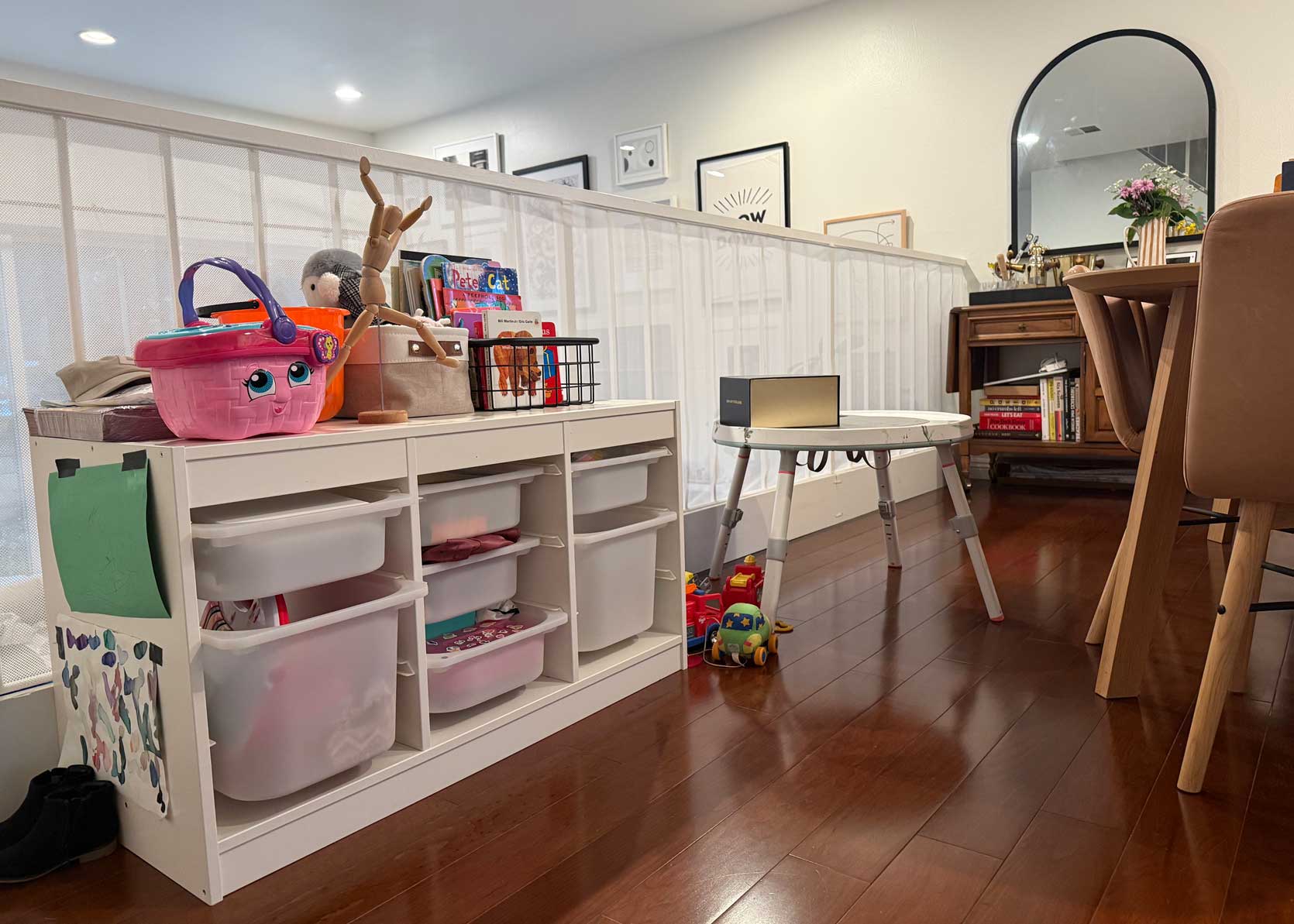
The space begins by clearing out excess items and editing what stays, resulting in a neater foundation. Toys are reduced, sorted, and organized by category, with a rotation system that keeps the play experience fresh while avoiding visual overload. Labels, bins, and structured storage help maintain order and make cleanup easier for both adults and children.
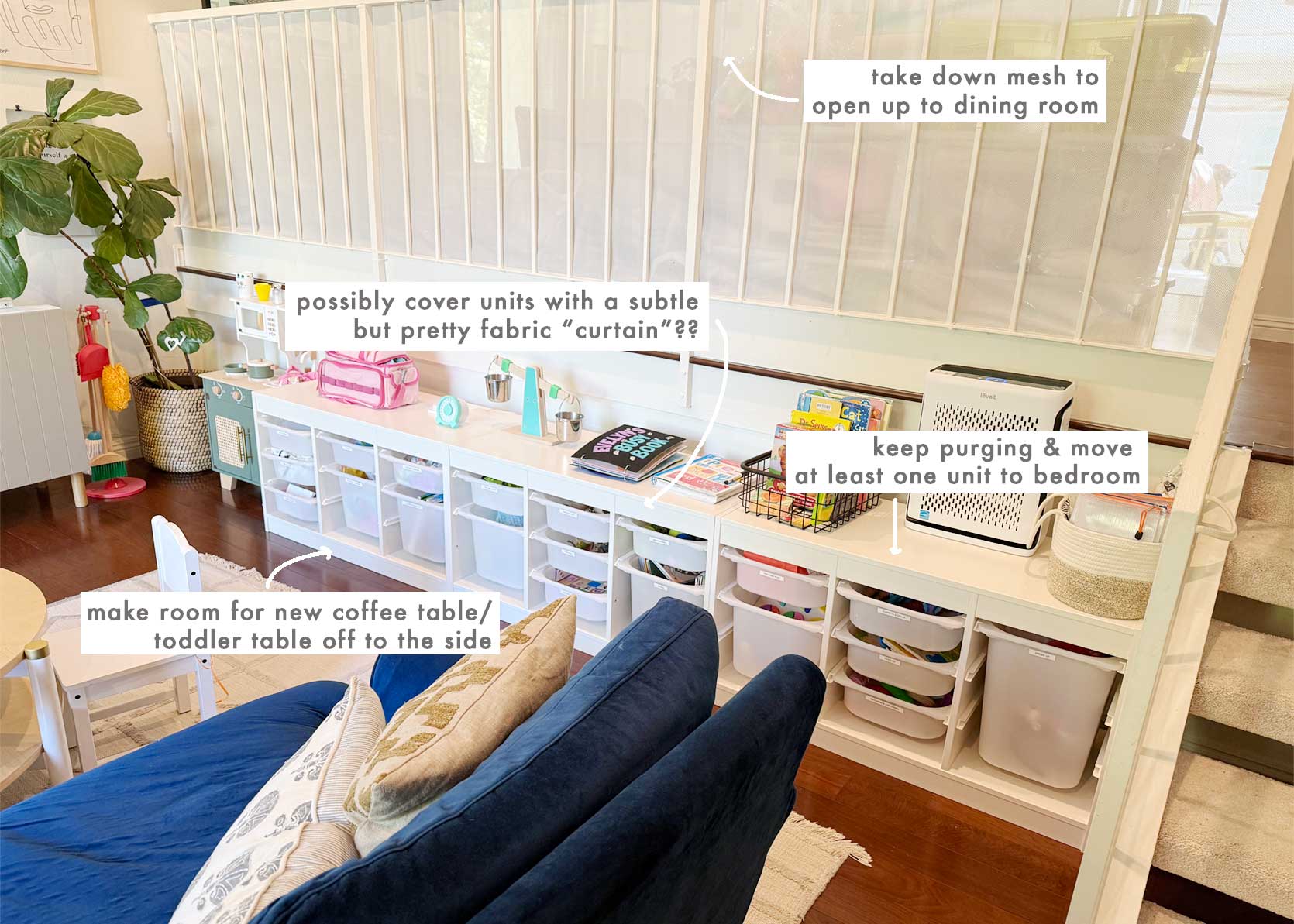
Storage becomes a central design element, with enclosed cabinets and drawers used to hide clutter and preserve the room’s clean lines. This approach ensures the space remains polished and mature when not in use as a play area. Decorative styling stays simple, balancing aesthetic appeal with functionality.

Furniture choices reflect multi-use practicality. Existing large pieces remain, while smaller items such as rugs, carts, and coffee tables are selected for mobility and easy relocation when play begins. Surfaces are kept intentional—durable enough for everyday use yet cohesive with the overall aesthetic of the home.
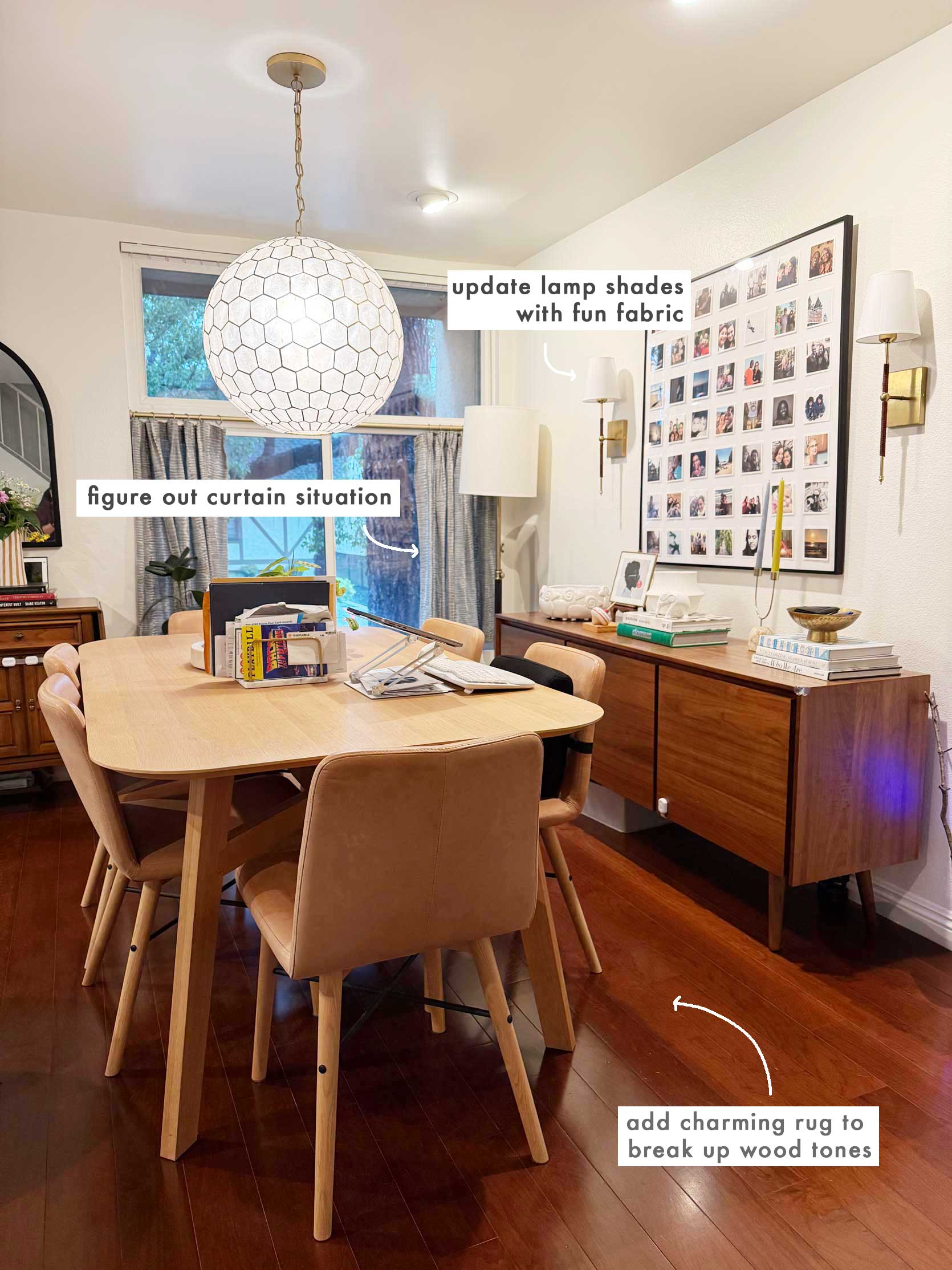
The redesign adopts a calm modern style with soft textures, warm wood tones, and subtle color accents. It feels inviting and home-like, yet structured enough to support productive work and orderly play. The room transitions smoothly throughout the day—from family workspace to dining area to play corner—without needing major rearrangement.
Rather than a dramatic one-time makeover, the transformation unfolds gradually. Small steps such as reducing visual clutter, reorganizing storage, and changing layout pieces improve the room’s comfort and functionality. The result is a space tailored to real life: beautiful, usable, and adaptable as family needs evolve.

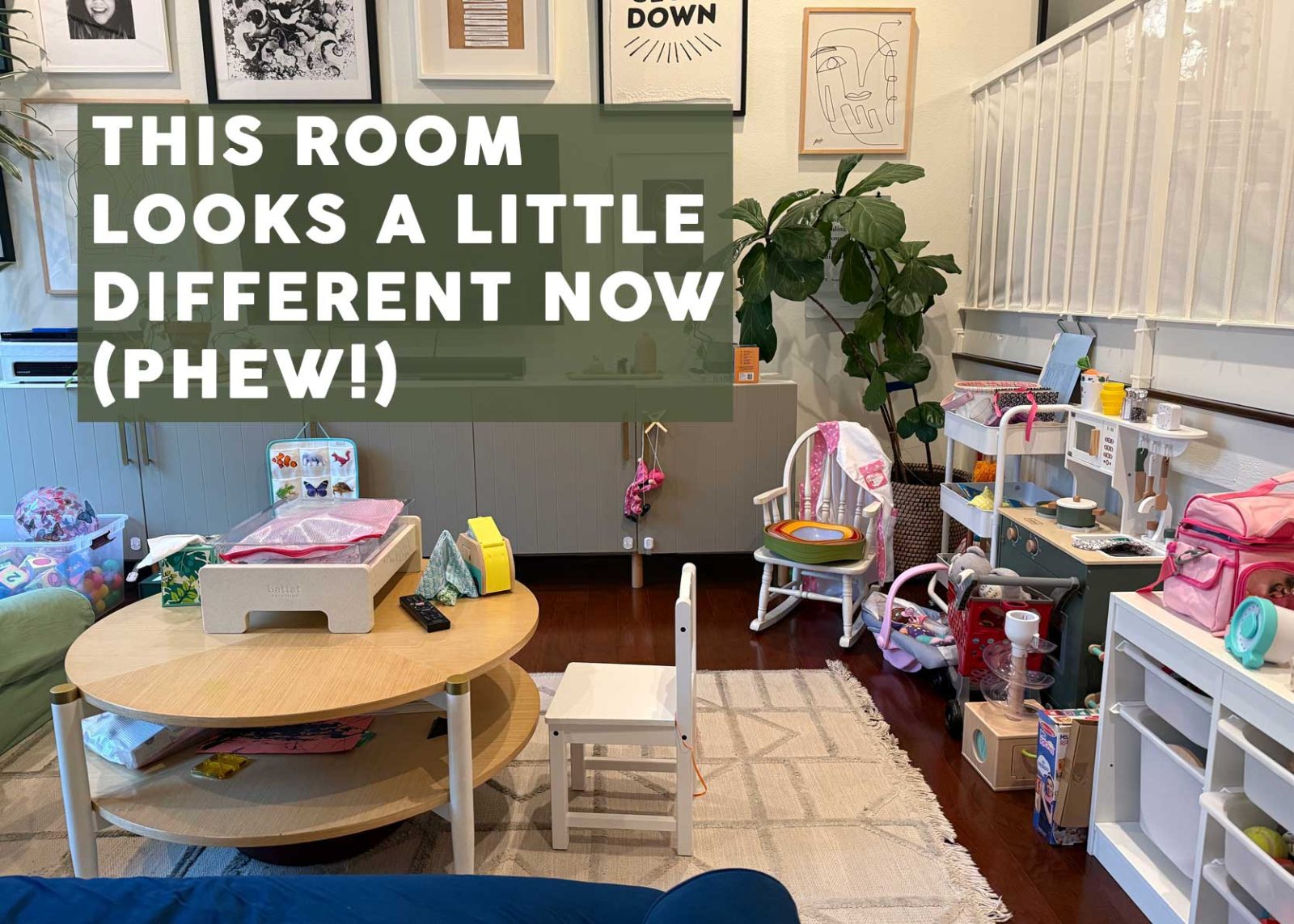
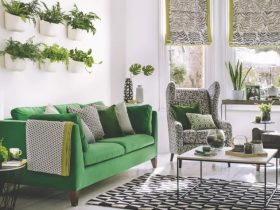


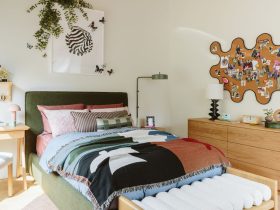

Leave a Reply